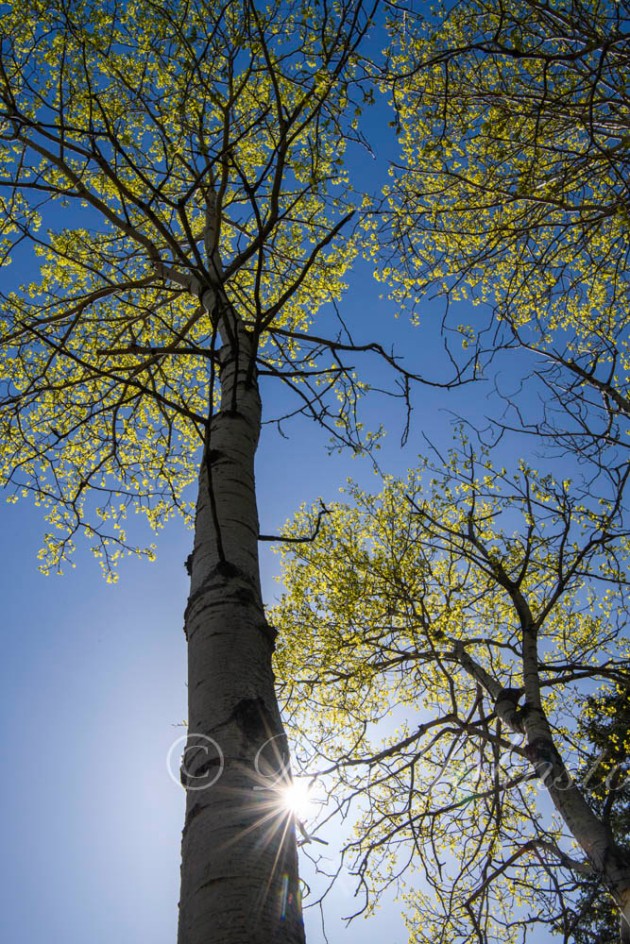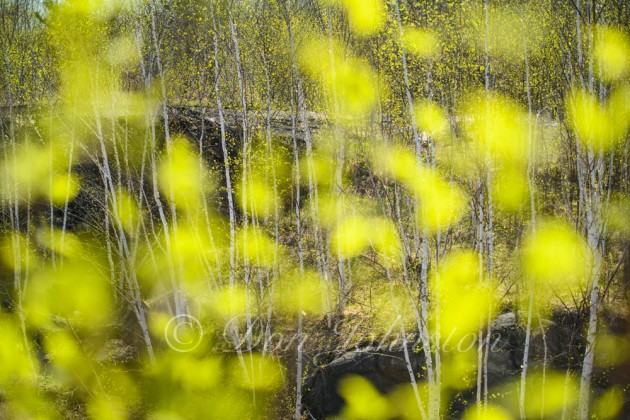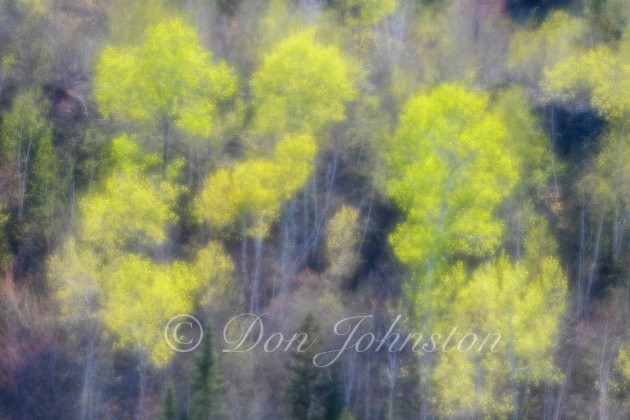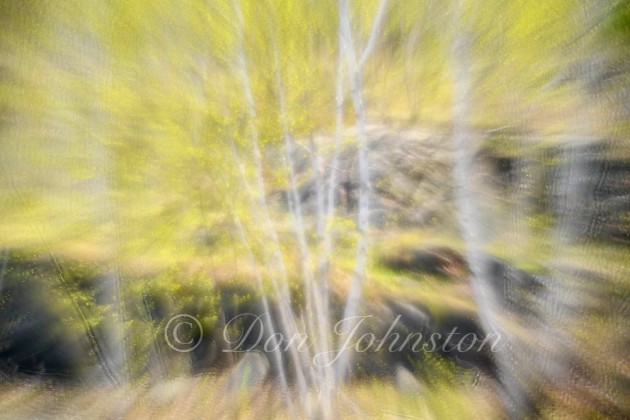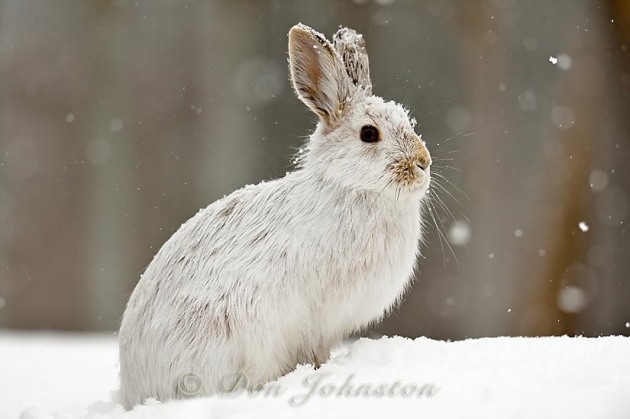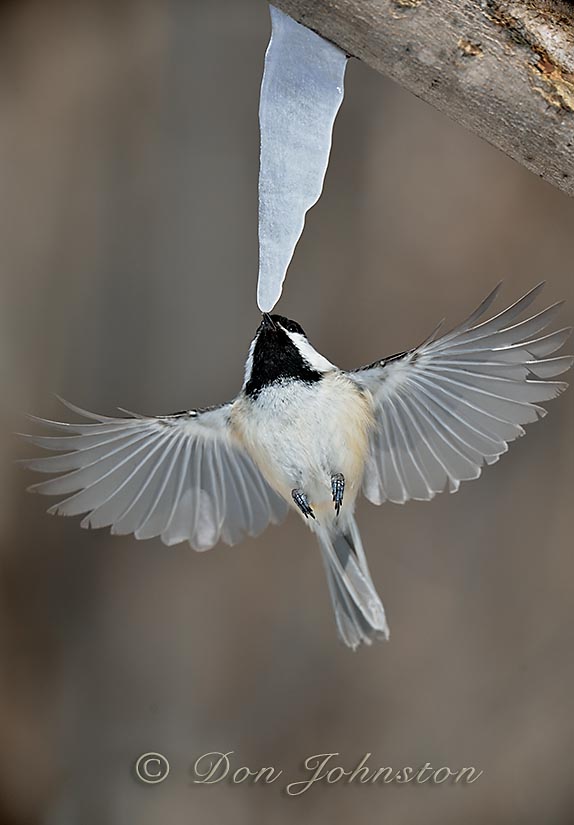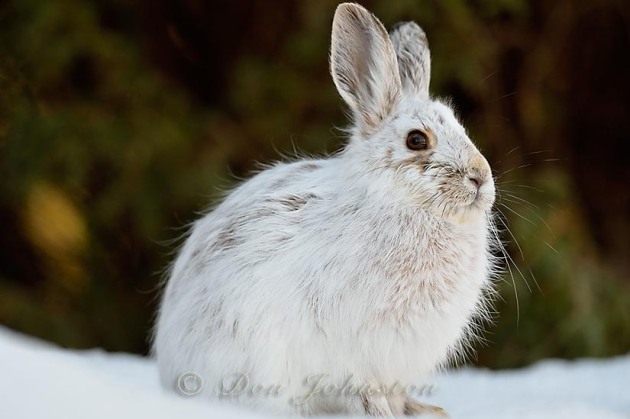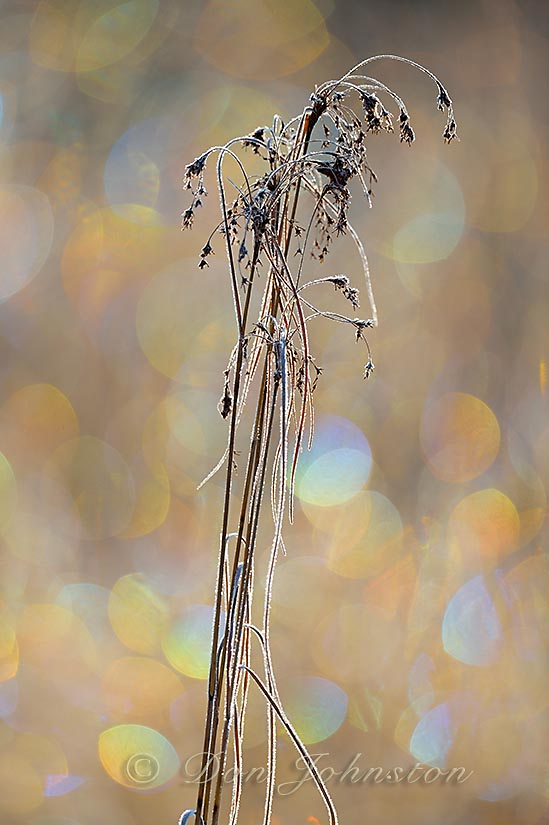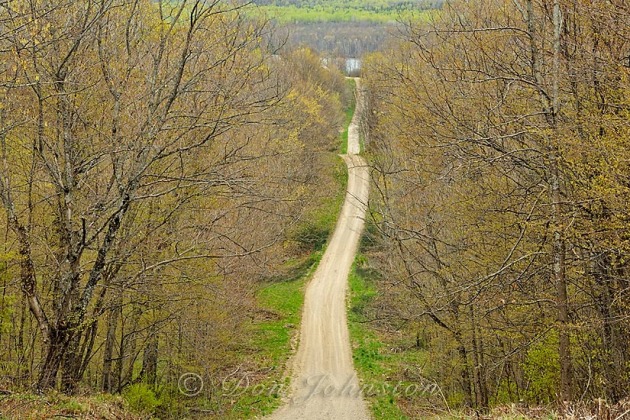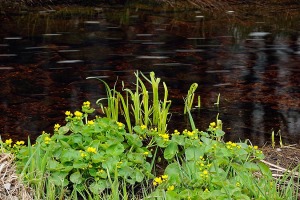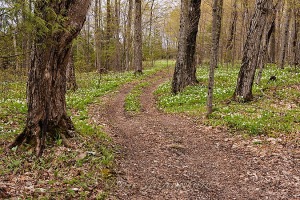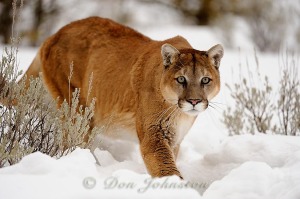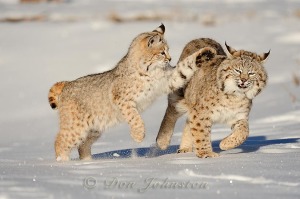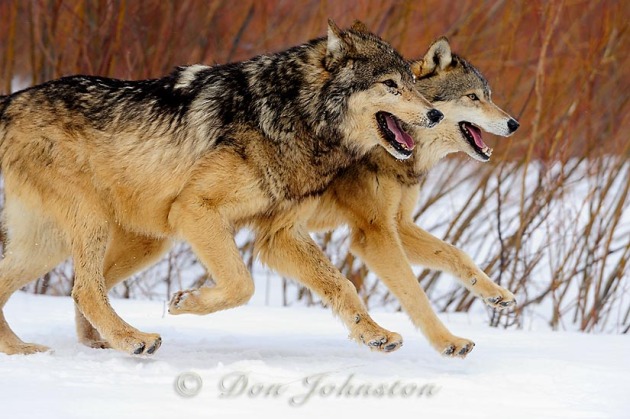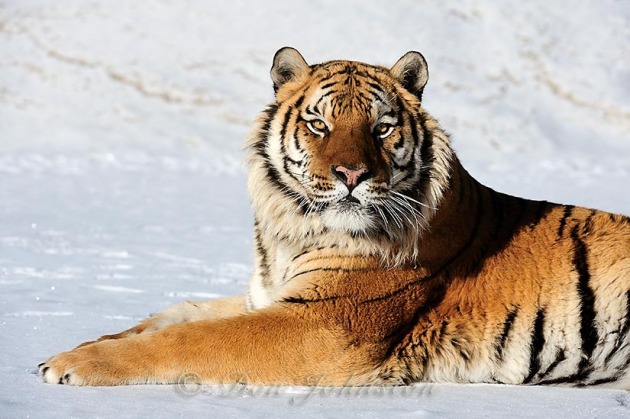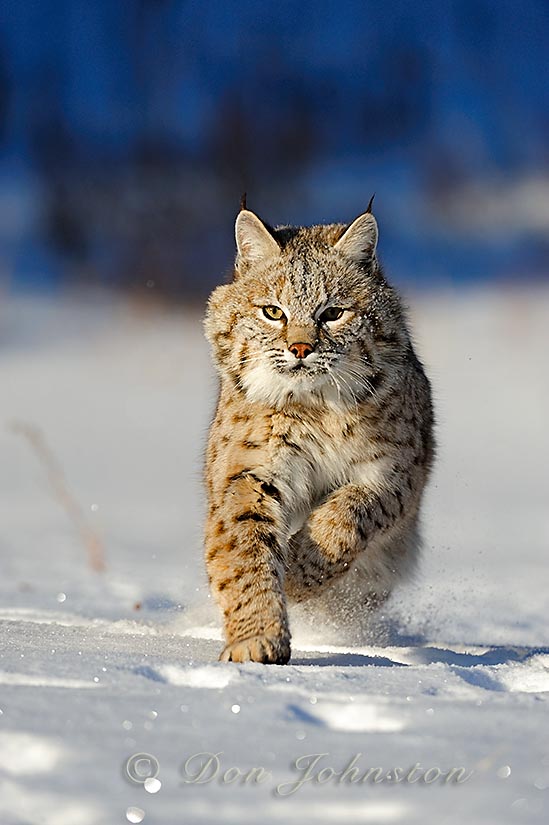Creative springtime approaches
May 20, 2018 1 Comment
Greetings to all my new outlook followers. Welcome aboard!
Green starts to appear in Northern Ontario in early to mid-May, along with the blackflies! The first blush of green in the aspens is always a delight and I make sure to get out with the camera to some of my favourite locales.
When the sun is bright and the skies are blue I resort to backlighting to take advantage of the translucent green glow in the emerging leaves. I prefer soft overcast with these first spring colours but I have to ‘go with the flow’ and make the best of what mother nature offers me.
Trying to be creative I usually drift toward some interpretive techniques, most of which are ‘in camera’. I hope to communicate the essence of spring with these approaches- delicacy, freshness, transience to name a few.
One technique I like is to look for emerging leaves in smaller trees near the camera. Positioning them between me and the lens I then (manually) focus on background subjects such as these birch tree trunks. With a telephoto lens and shallow depth of field I created this image (below), all in one shot, in the camera.
Another in-camera technique I like to occasionally use is multiple exposure. I choose six to ten frames and with a wide aperture I expose 5/6 or 9/10 with varying degrees of ‘de-focus’. I have to deselect autofocus and manually change focus, sometimes accompanied with a bit of zooming.
Finally, with stands of tree trunks like these aspens I move the camera slowly up or down or up and down during a long exposure. I obtain longer exposure times using low ISO, small apertures and a polarizing or neutral density filter. This photo was made @200 mm and 3 seconds.
The advantage to employing these techniques is that the photographer can make interesting, unique images close to home.
